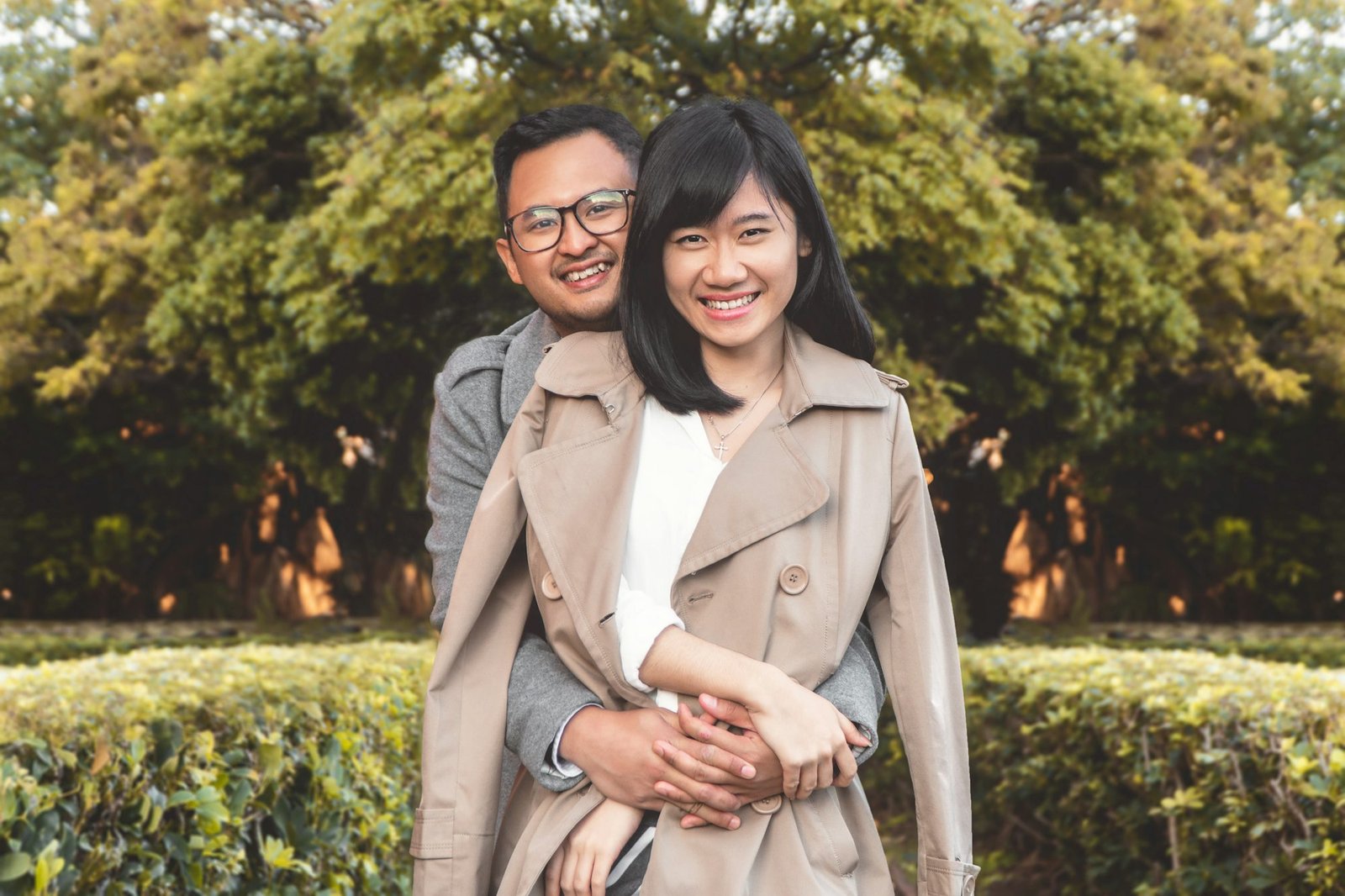
Historically, the modeling industry has primarily showcased thin models, perpetuating an ideal that many found unattainable. For decades, plus-size models were often relegated to niche markets or excluded entirely from high-fashion runways and campaigns. However, as societal views on beauty began to evolve, a growing demand for diversity in representation emerged. This shift can be traced back to the late 20th century, when advocates began to challenge the status quo, emphasizing that beauty comes in various forms.
One pivotal moment in the rise of plus-size modeling came in the early 2000s with the emergence of models like Ashley Graham and Tess Holliday. These trailblazers not only garnered media attention but also became influential voices in the body positivity movement. Their success illustrated that consumers were ready for a broader representation of beauty, prompting brands and designers to reconsider their Men’s fashion approach to casting and marketing.
The impact of plus-size models on the fashion industry cannot be overstated. With their presence on runways, in campaigns, and on magazine covers, these models have reshaped perceptions of beauty. They have challenged designers to create garments that cater to diverse body types and have encouraged brands to embrace inclusivity in their marketing strategies. As a result, many fashion houses now offer extended sizing, recognizing the importance of catering to a wider audience.
Furthermore, the rise of social media has played a crucial role in amplifying the voices of plus-size models. Platforms like Instagram and TikTok allow models to share their journeys, connect with fans, and challenge societal norms around beauty. This newfound visibility has fostered a sense of community among individuals who seek representation and empowerment in the fashion world. Influencers like Gabi Fresh and Nicolette Mason have built Sportswear substantial followings, using their platforms to promote body positivity and advocate for inclusive fashion.
The narrative surrounding plus-size modeling is not solely about showcasing different body types; it is also about embracing individuality and self-love. Models within this sphere often share personal stories of their struggles with body image, empowering others to embrace their own uniqueness. By normalizing conversations around body acceptance, these models contribute to a larger cultural shift that prioritizes self-esteem and Women’s fashion well-being over societal expectations.
Despite the progress made, challenges remain for plus-size models in the fashion industry. While representation has improved, Casual outfits there is still a need for greater inclusivity across various aspects of fashion, from runway shows to brand campaigns. The perception of plus-size models can sometimes be pigeonholed, with brands opting to cast them only for specific types of marketing that emphasize size rather than showcasing them as versatile, multifaceted individuals. It is essential for the industry to recognize the depth of talent and creativity present within this community, allowing for fuller representation in all areas of fashion.
Moreover, the lack of standardization in sizing poses a significant challenge. Different brands have varying definitions of what constitutes plus-size, often leading to confusion and frustration for consumers. A standardized sizing system could promote a more inclusive shopping experience and encourage brands to embrace a more diverse range of body types.
Additionally, the dialogue around plus-size modeling often intersects with discussions on health and fitness. While advocates promote body positivity, there can be misconceptions that equate body diversity with health. It is crucial to recognize that health comes in various sizes, and the focus should shift from solely appearance-based judgments to a more holistic understanding Kids’ fashion of well-being. By prioritizing health and self-care over societal beauty standards, the fashion industry can create a more supportive environment for all individuals.
Looking ahead, the future of plus-size modeling appears promising. With an increasing number of brands prioritizing inclusivity and a growing demand for diverse representations, the industry is poised for continued evolution. Initiatives such as the PlusIsEqual movement have garnered attention, encouraging brands to sign and promote plus-size models at an equitable rate as their straight-sized counterparts. This movement reflects a collective desire for change, emphasizing that beauty should encompass all body types.
Moreover, collaborations between plus-size models and high-fashion brands are becoming more common. These partnerships not only elevate the visibility of plus-size models but also encourage innovation in design and marketing strategies. As brands Formal wear expand their offerings to include diverse body types, they also open the door for fresh perspectives and creative collaborations that celebrate individuality.
In conclusion, the evolution of plus-size modeling represents a significant step forward in the fashion industry’s journey toward inclusivity and body positivity. While challenges remain, the collective efforts of models, advocates, and consumers continue to push for change. As the industry evolves, it is crucial to foster an environment that celebrates diversity in all its forms, allowing everyone to feel seen and represented. The future holds immense potential for plus-size modeling to redefine beauty standards and inspire generations to embrace their uniqueness with confidence.